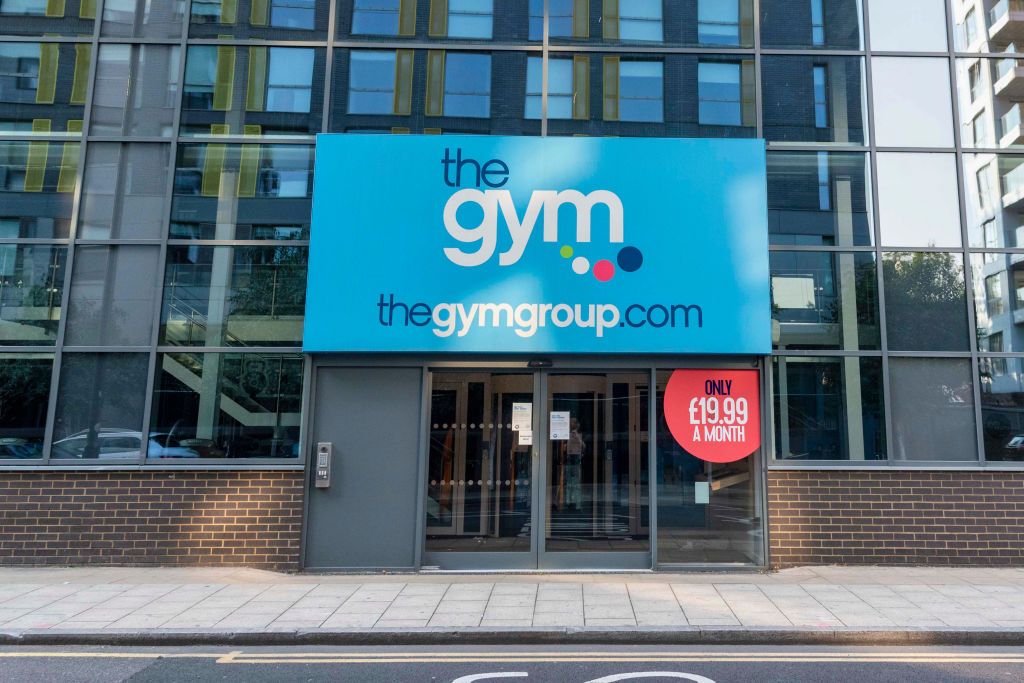The Gym Group (LSE: GYM) has recorded one of the best performances among UK small caps in 2024. The stock has returned around 42% over the year and at one point had gained almost 65%. The FTSE All-Share has returned less than 10% year to date. Even after this performance, the shares in the low-cost gym operator look cheap compared with its growth potential and cash generation.
The Gym Group’s growth streak
The fitness and leisure market in the UK has recorded an impressive growth streak over the past five years. The number of gyms across the country remains below the pre-pandemic peak of 7,239, but the number of members has reached a record – 15.9% of the UK population are now members, up from 15.6% in 2019.
The number of overall gym members rose 4.1% in 2023 to 10.7 million, according to the State of the UK Fitness Industry Report 2024, compiled by market intelligence expert Leisure DB. At the same time, the number of public-sector gyms has steadily declined since 2019, as high energy costs and council budget pressures have forced closures. These tailwinds have helped drive the Gym Group’s growth since 2019. It lost around one in five of its members during the Covid lockdowns of 2020 and burnt through as much as £6 million a month as its gyms were forced to close. But when the economy reopened, the firm bounced back, with operating cash flow (before capital spending) returning to the black in 2021.
Sign up to Money Morning
Don’t miss the latest investment and personal finances news, market analysis, plus money-saving tips with our free twice-daily newsletter
Don’t miss the latest investment and personal finances news, market analysis, plus money-saving tips with our free twice-daily newsletter
The company isn’t the largest operator of low-cost gyms in the country (that title belongs to peer PureGym, which operates 400 gyms), but its size and scale give it a considerable edge. Over the past five years, the group has raised the number of its locations by 44%, from 165 gyms in 2019 to 237 gyms in 2024.
In early 2024, the group announced an agreement with real-estate adviser Savills to help it select locations as part of a plan to open 50 new sites across the UK in the next three years. PwC suggests there’s scope for 600-800 more sites in the low-cost segment by the end of the decade. Site selection is key to the Gym Group’s model. The firm is looking for highly visible locations with easy access to parking or close proximity to transport links, as its members prioritise convenience and locality. It’s also looking for value, and these twin goals have pushed the company towards unloved and unwanted high-street retail units, which it has been getting for attractive rents.
The company is self-funding this growth with cash flow generated from operations. Free cash flow after growth capital expenditures turned positive in 2023 and the company has said it plans to maintain this stance going forward. Notably, its return on invested capital (ROIC), a measure of profit for every £1 invested in the business, stands at more than 30%, an impressive return for a business that has to invest millions in each gym before opening.
What’s behind The Gym Group’s success?
The Gym Group’s secret sauce is volume and sticky recurring revenue. Across 237 gyms, the company has an average of 905,000 members, or 3,820 per gym. How can a gym typically 10,000-20,000 square feet (roughly the same as a medium-sized industrial unit) take 3,820 members? It can’t, and it doesn’t. If every member turned up at the gym at once, in a 10,000 sq ft space, they’d have less than three square feet to use, leaving no space for equipment, changing rooms, and so on. But according to PureGym’s UK Fitness Report 2025, only 10% of people who exercise regularly do so every day and only 40% exercise two to three times per week (exercise, in this case, includes all forms of activity, not just a session in the gym). Other data reinforces this point, suggesting the average number of times a gym member visits for a workout is around twice a week, with an average duration of approximately an hour. Additionally, the average membership term is around 14 months, with members more likely to stay if they make it through the first few months.
The Gym Group relies heavily on these passive users to subsidise regular gym-goers and its growth plans. The number of users signed up for each of the group’s gyms has remained relatively constant over the past five years, suggesting there is a ceiling for the number of members per gym, although this is most likely a side effect of the group’s strategy of focusing on convenience and locality.
The Gym Group’s membership model
The other part of the group’s strategy is price growth. Since 2019, the Gym Group has increased its “standard” monthly membership fees while reducing promotions and adding new membership tiers, such as “ultimate” and “off-peak”. As a result, the average revenue per member per month has risen from £15.47 in 2019 to £20.44 in 2024. There’s room for further growth here as well. The Leisure DB’s State of the UK Fitness Report 2024 showed that, despite recent price hikes, a gap remains of £1.58 between the Gym Group and PureGym.
In spite of the attractive fundamentals and growth outlook, the firm is still undervalued. According to Panmure Liberum, the firm is currently trading at an enterprise value of £1.3 million per gym, below the estimated construction cost of £1.4 million, which would make sense if each gym was losing money, which it isn’t. The ROIC of 30% makes that quite clear.
The stock is trading on a free cash flow yield of 11.9% and an enterprise value to earnings before interest, tax, depreciation and amortisation (EV/Ebitda) ratio of 7.5 times, compared with 9.1 times in 2019, according to Panmure Liberum. The City has placed an average price target of 190p a share on the stock, around 32% above current levels. Considering these metrics, that looks conservative.
(Image credit: LSE)
This article was first published in MoneyWeek’s magazine. Enjoy exclusive early access to news, opinion and analysis from our team of financial experts with a MoneyWeek subscription.











